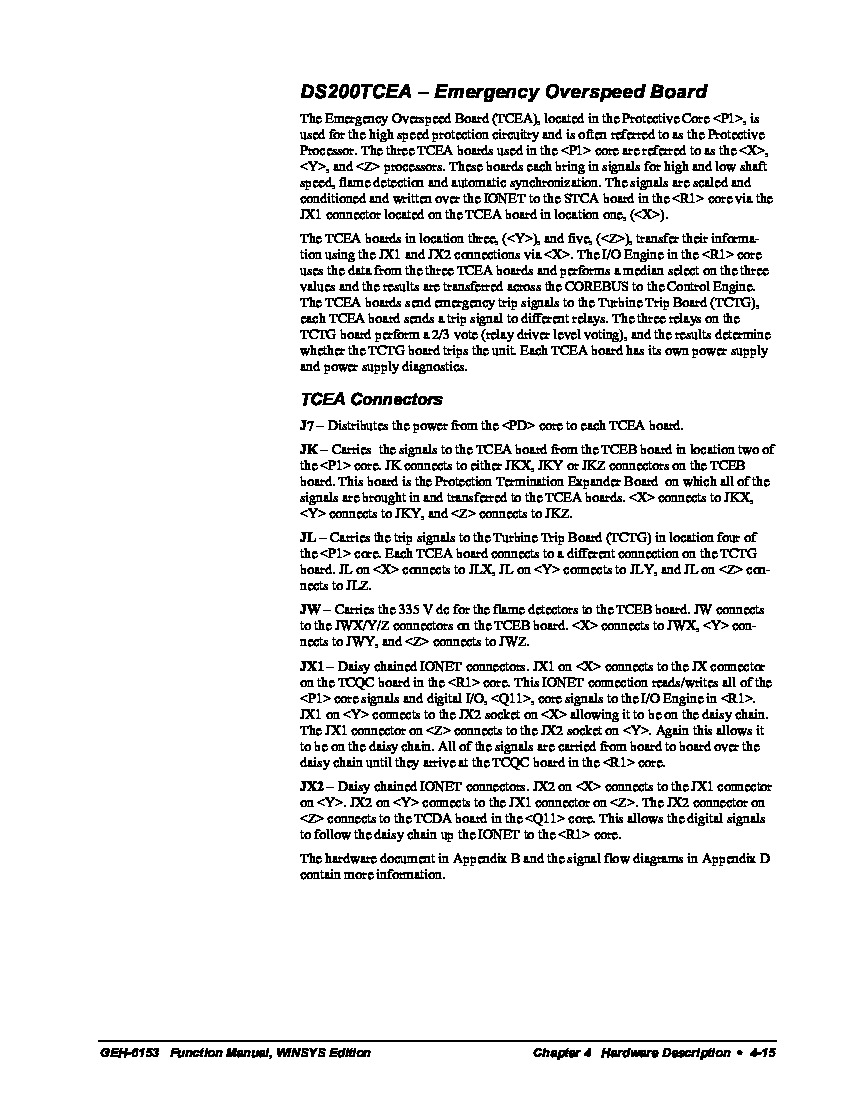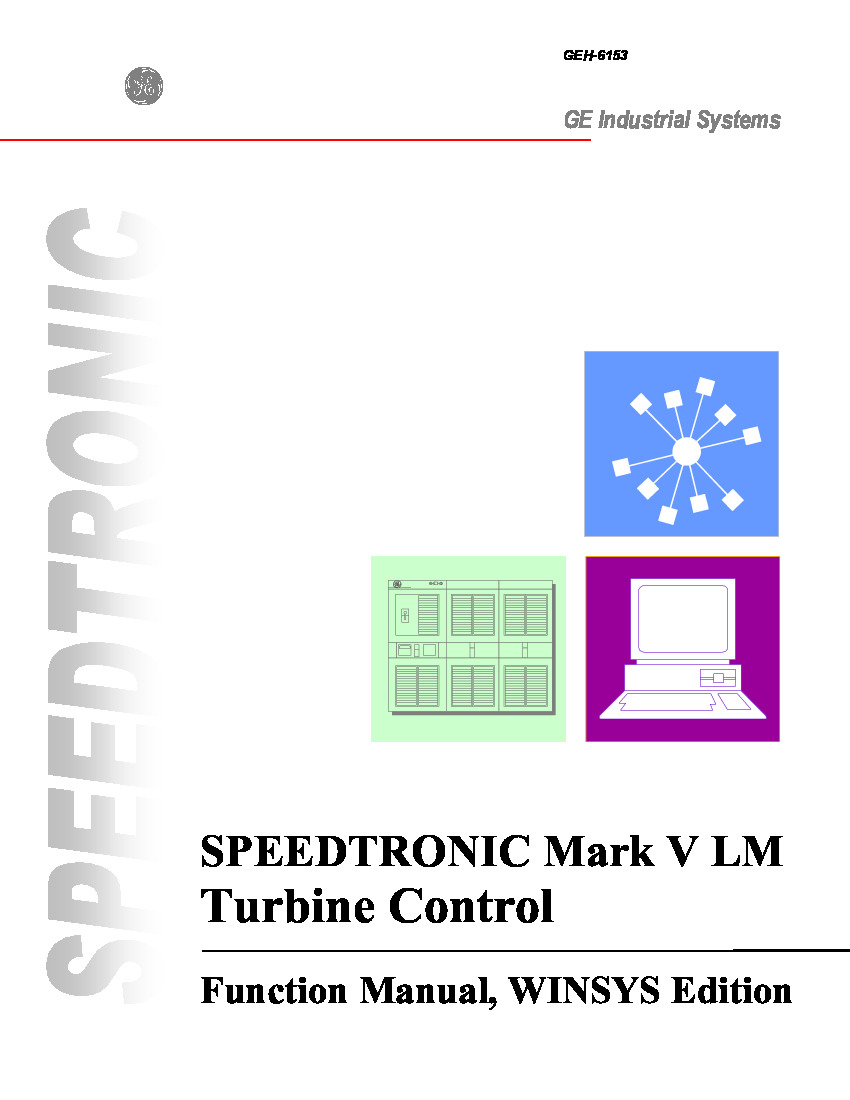About the DS200TCEAG1BJE
This DS200TCEAG1BJE General Electric printed circuit board was originally designed and manufactured for use in the Mark V Turbine Control System Series, as alluded to earlier on. The Mark V Series that this DS200TCEAG1BJE product belongs to, as indicated by its full name, has specific applications in the control and management systems of gas, steam, and wind turbine automated drive assemblies, and exists as one of the final General Electric product series to make use of their patented Speedtronic control system technology. While this is true of the Mark V Turbine Control System Series, this DS200TCEAG1BJE PCB's Mark V Series is also considered a legacy series due to its eventual discontinuation by the original manufacturer in the years following its initial release. This DS200TCEAG1BJE printed circuit board is better-definable as an Emergency Overspeed Board; the official functional product description that it is defined as in Mark V Series instructional manual materials. This DS200TCEAG1BJE PCB does exist as an edited version as the original DS200TCEAG1 parent Emergency Overspeed Board.
Hardware Tips and Specifications
The DS200TCEAG1BJE model was manufactured by General Electric to operate in the Mark V series, and utilizes its own series of functionality-introducing hardware component elections and specifications. This model is described by GE as an Emergency Overspeed Protection unit mounted in the Mark V system's protective core <P1> used to monitor the high-speed protection circuitry and is alternatively referred to as the Protective Processor. When the TCEA unit is in the Mark V system, three TCEA models will be used and are referred to as <X>, <Y>, and <Z> processors in the protective core. The boards are used together to bring in signals for several functions, such as flame detection, automatic synchronization, and high and low shaft speed. The signals that are received by the DS200TCEAG1BJE PCB will be conditioned, scaled, and written over the IONET to the STCA board located in the system through the models JX1 connector in the <X> location. This DS200TCEAG1BJE Emergency Overspeed Board's normal Mark V Series assembly is protected by some of the various voltage-limiting hardware components of the Mark V Turbine Control System Series; including various diodes, rectifiers, capacitors, and integrated circuits. In addition to these Mark V Series-standardized component inclusions, the entirety of this DS200TCEAG1BJE product offering's base circuit board should receive some form of protection from this General Electric product offering's normal style of printed circuit board coating, which envelops and protects individual DS200TCEAG1BJE board hardware elements on a functional priority basis.
The I/O engine located in the R1 core of the Mark V system will use the data from the DS200TCEAG1BJE boards to perform a median selection of three values, and the results will be transferred across the Corebus to the Control Engine. The DS200TCEAG1BJE model is also used to send emergency trip signals to the Turbine Trip Board (TCTG), and the TCEA model will send a trip signal to the different relays. The three relays on the TCTG can perform a 2/3 relay driver-level voting. The results taken will determine whether or not the TCTG boards will end up tripping the unit. Each of the TCEA boards mounted within the Mark V system has its own power supply and power supply diagnostics. All of the available information and more information on the DS200TCEAG1BJE model can be found in the Mark V GEH-6153 Functional Manual; attached in the manuals tab above for your convenience. Before making any ultimate purchase decision on this DS200TCEAG1BJE product offering, it is crucial to realize that it possesses a fully-developed revision table with a B-rated primary functional revision, A J-rated secondary functional revision, and an E-rated DS200TCEAG1BJE board artwork configuration revision. These three revisions surely alter this DS200TCEAG1BJE Emergency Overspeed Board's originally-introduced performance specifications and dimensions from their base-revised states.















